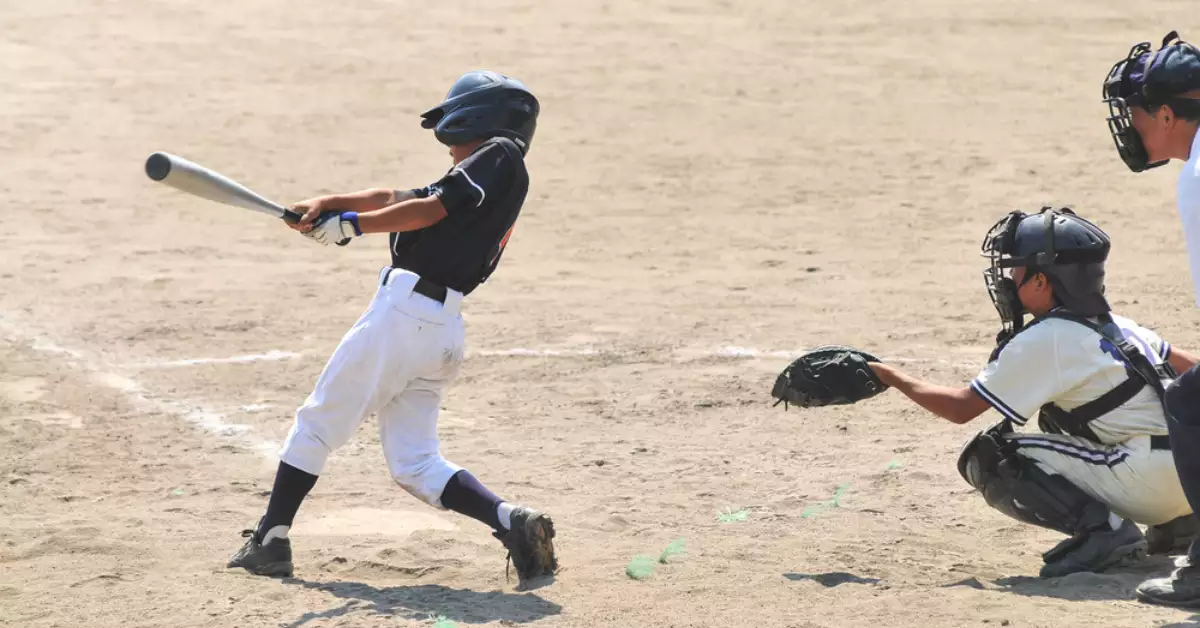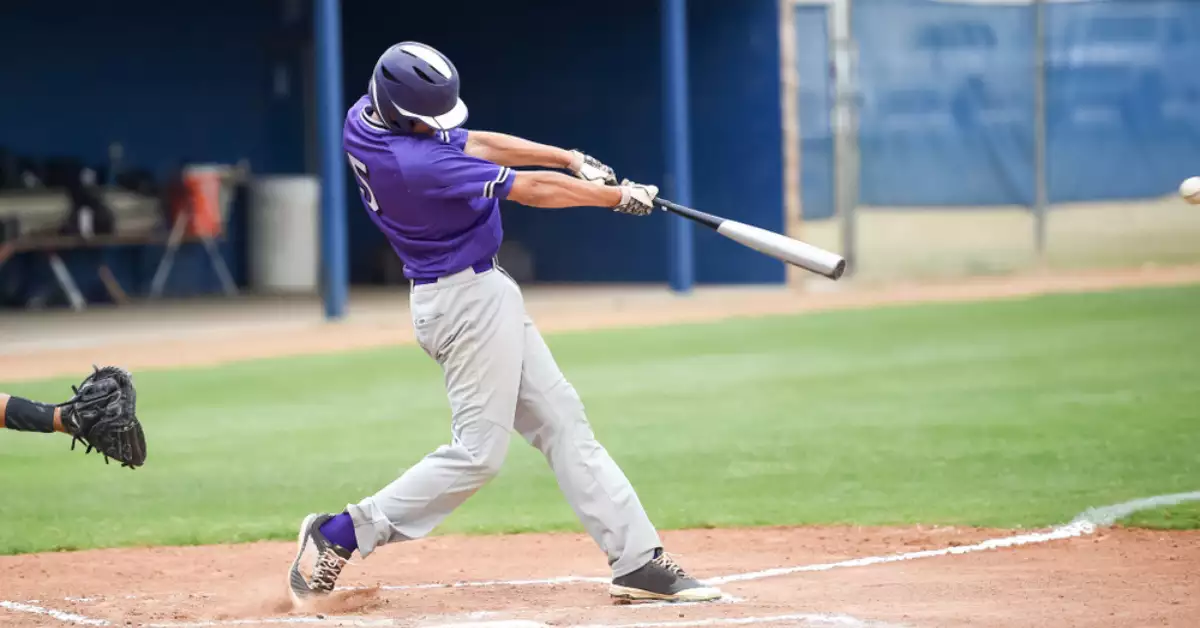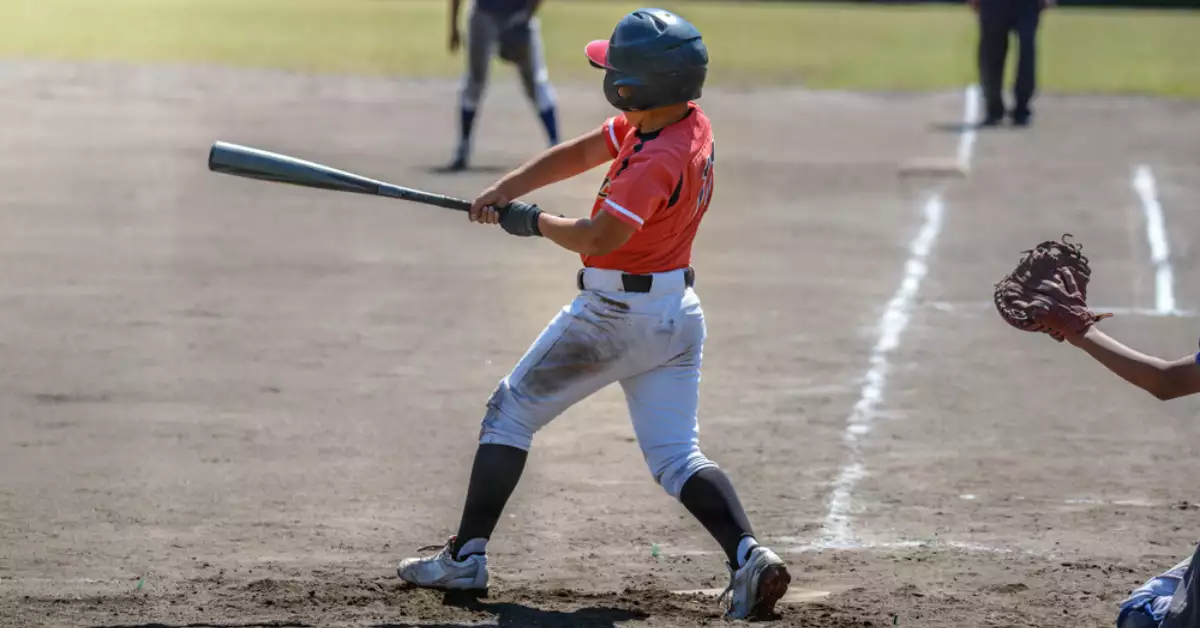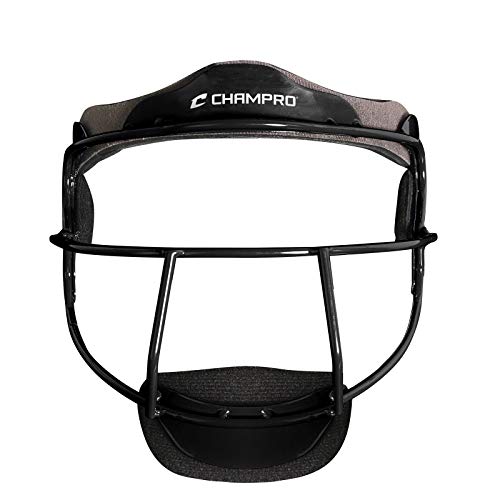Softball, a sport enjoyed by millions, is more than just a pastime; it’s a game that demands physical agility, mental acuity, and uncompromising safety measures.
One such essential precaution that has gained popularity among players is the use of protective masks. These masks not only preserve the player’s face but also play a crucial role in maintaining the overall integrity of the game.
Wearing masks in softball significantly reduces the risk of facial injuries, offers added confidence during high-pressure plays, and encourages players to prioritize their safety without compromising performance. In a nutshell, masks have become an indispensable part of the game, promoting both protection and performance on the field.
Get ready to dive into the world of softball masks and explore how they’ve revolutionized the sport. You’ll learn about their importance, the different types available, and the benefits they offer to players of all skill levels. Discover how this simple piece of gear is changing the game and inspiring a new generation of players to embrace safety with style.
The Origins of Face Masks in Softball
Face masks were introduced to softball in the late 1990s as a safety measure for pitchers. Over time, they became more popular among other infielders, such as third basemen and shortstops. Today, face masks are a common sight in youth, high school, and college softball games.
CHAMPRO Defensive Fielder Mask
- DURABLE: The steel wire construction of The Grill’s frame withstands impact and provides dependable protection. Feel secure while wearing this sturdy face mask of proven quality, capable of enduring direct impact without breaking or shattering
- WIDE OPENING: With an opening large enough to see the whole field but small enough to shield the face from incoming softballs, keeping an eye on the action is easy with this carefully designed protective frame
- LIGHTWEIGHT: The same low-profile flat beam construction that opens up vision also keeps The Grill light, weighing only 13 ounces. Players can stay aware of the action as it unfolds and react quickly in a mask that allows free and easy movement
- COMFORTABLE PADDING: The Grill’s removable liner system makes it easy to adjust, wash, and replace pads before or after the game. An adjustable chin cup also repositions easily for maximum comfort and safety
Reasons For Wearing Masks In Softball
Wearing masks in softball has become increasingly popular, particularly among infielders, due to the unique risks and challenges the sport presents. Here’s a more detailed explanation of the reasons for wearing masks in softball:
Shorter pitching distance
In fastpitch softball, the distance between the pitcher’s mound and home plate is only 43 feet, compared to 60.5 feet in baseball.
This shorter distance leaves fielders, especially pitchers and corner infielders, with less time to react to batted balls. A face mask provides an extra layer of protection, reducing the risk of injury from high-speed line drives.
Different pitching trajectory
Softball pitchers employ an underhand pitching motion, which produces a different trajectory for the ball compared to overhand baseball pitching.
Fielders, particularly those new to the sport, may find it more challenging to read and react to batted balls with this distinct trajectory. Wearing a face mask helps protect players from potential injuries caused by misjudging the ball’s path.

Larger ball size
The circumference of a standard softball is 12 inches, significantly larger than a baseball’s 9-inch circumference. When struck by a larger ball, players face an increased risk of injury. Face masks help shield players from the impact of these larger, heavier softballs.
Use of metal bats
Metal bats are common in softball, especially at youth and amateur levels. These bats can produce higher exit velocities, causing batted balls to travel at greater speeds. The increased ball speed poses a higher risk of injury to fielders, making the use of face masks a valuable safety measure.
Increased player confidence
Wearing a face mask can have psychological benefits for players. Knowing they have an additional layer of protection can help players feel more confident on the field. This confidence may translate to improved performance, as players can play more aggressively and without fear of injury.
Protection from facial injuries
Facial injuries can be painful, costly, and potentially career-ending. By wearing a face mask, players can significantly reduce their risk of suffering fractures, cuts, bruises, and dental trauma. This proactive approach to safety can also lead to quicker recovery times and a reduced likelihood of long-term complications.
RIP-IT | Defense Softball Fielder's Mask
- RIP-IT DEFENSE FIELDER'S MASK - Pitchers are throwing faster, batters are hitting harder, and the game is more competitive than ever. That's why we created the Defense Softball Fielder's Mask. This mask provides comfort and maximum protection in a lightweight package (0.69 lbs) with unobstructed visibility. It comes in a variety of sizes and convenient colors that match most standard uniforms, and upgrade kits are available for visors, extra padding, and more.
- LOADED WITH CONVENIENT FEATURES - The RIP-IT Defense Softball Fielder's Mask is made to elevate your game and encourage aggressive fielding. It features the largest viewable area of any fielder's mask, and is ergonomically designed for a secure fit when running. This mask also features a ponytail-friendly Y-shaped head strap and an infinitely adjustable chin cup for constant comfort, even when you're calling for a pop up.
- SCIENTIFIC STEEL CONSTRUCTION - Engineered with steel safety cells, the RIP-IT Defense Softball Fielder's Mask uses variable flex technology to transfer and reduce the force of impact, dramatically lowering the risk of skin contusions, concussions, and other injuries. It includes side and forehead padding for both an optimal fit and effective shock absorption. Save yourself the medical bills and kiss black eyes, busted noses, split lips, and chipped teeth goodbye,
The decision to wear a face mask in softball should be based on individual risk assessment and personal preference. As awareness of player safety continues to grow, it is likely that more leagues and organizations will consider adopting face mask requirements or recommendations, particularly for youth and amateur players.
Advances in technology may also lead to the development of more comfortable and less obstructive face masks, making them an increasingly attractive option for players at all levels of competition.
Should Baseball Players Wear Face Masks?
The question of whether baseball players should wear face masks is a matter of ongoing debate. Here are some factors to consider when evaluating the need for face masks in baseball:
Longer pitching distance
In baseball, the distance between the pitcher’s mound and home plate is 60.5 feet, which provides players with more reaction time compared to softball.
This increased distance reduces the likelihood of injury from batted balls, which could make face masks less necessary for baseball players.
Familiar pitching trajectory
Baseball players are accustomed to the overhand pitching trajectory, which is different from the underhand pitching motion used in softball. This familiarity may make it easier for baseball players to predict and react to batted balls, reducing the need for additional facial protection.
Lower ball exit velocities
Although baseballs can still be hit at high speeds, the exit velocities generated by wooden bats used in professional baseball are generally lower than those produced by metal bats in softball. This factor could further decrease the risk of injury for baseball players.
Individual risk assessment
The decision to wear a face mask in baseball should be based on individual risk assessment and personal preference. Some players, particularly those in youth leagues or with a history of facial injuries, may choose to wear a face mask for added protection.
Position-specific considerations
The need for a face mask may vary depending on a player’s position on the field. Infielders, particularly pitchers and corner infielders, may be more likely to benefit from wearing a face mask due to their proximity to batted balls. Outfielders, on the other hand, may have less need for additional protection.

Ultimately, the decision for baseball players to wear face masks should be carefully considered based on individual risk factors, position, and personal preference.
While face masks are less common in baseball compared to softball, some players may still choose to wear them for added protection and peace of mind. As awareness of player safety continues to grow, it is possible that more baseball players will opt for face masks, particularly in youth leagues or at amateur levels.
Face Mask Regulations
Currently, there is no universal mandate for face masks in softball. Some leagues and organizations require them, while others leave it up to individual players and their coaches.
In general, the use of face masks is more prevalent in youth leagues and decreases as players progress to higher levels of competition.
Benefits of Wearing a Face Mask
Wearing a face mask in softball offers numerous advantages, such as:
- Protection from facial injuries
- Reduced risk of dental trauma
- Increased player confidence
- Potential for a quicker return to play after injury
Drawbacks of Wearing a Face Mask
Despite the benefits, there are some potential downsides to wearing a face mask in softball, including:
- Reduced peripheral vision
- Added weight and discomfort
- Possibility of overconfidence leading to reckless play

Do MLB Players Wear Face Masks in the Field?
Major League Baseball (MLB) players generally do not wear face masks while playing in the field. The exception to this rule is the catcher, who wears a protective helmet and mask to shield their face from foul balls, pitches, and potential collisions at home plate.
Infielders and outfielders typically do not wear face masks, as the risk of injury from batted balls is perceived to be lower due to factors like the longer pitching distance, familiarity with overhand pitching trajectory, and the use of wooden bats, which generate lower exit velocities than metal bats.
However, MLB players have occasionally worn protective face guards attached to their helmets when batting, especially after experiencing a facial injury, such as being hit by a pitch or fouling a ball off their face. These face guards are designed to protect the injured area and allow the player to continue playing while recovering from the injury.
Future Trends
As awareness of player safety continues to grow, it’s likely that more leagues and organizations will consider adopting face mask requirements, particularly for youth and amateur players.
Advances in technology may also lead to the development of lighter, more comfortable, and less obstructive face masks, making them more appealing to players at all levels of competition.
FAQs
Why don’t baseball players wear face masks?
Baseball players typically don’t wear face masks because they have more reaction time due to the greater distance between the pitcher and batter, and they are more familiar with the trajectory of overhand pitching.
Are face masks required in all softball leagues?
No, the use of face masks varies by league and level of play. Some leagues and organizations require them, while others leave the decision up to individual players and their coaches.
Can wearing a face mask impact a player’s performance?
While some players may experience reduced peripheral vision or discomfort, many find that the added protection boosts their confidence and allows them to play more aggressively without fear of injury.
Final Verdict
The use of face masks in softball is primarily driven by the need to protect players from the unique safety risks posed by the sport, including shorter pitching distances, different pitching trajectories, and the larger ball size.
While not universally mandated, face masks have become increasingly popular in youth, high school, and college softball games.
As player safety remains a top priority, it’s likely that face mask usage will continue to rise, and advances in technology may lead to more comfortable and effective designs.
Ultimately, the decision to wear a face mask should be based on individual risk assessment and personal preference.


